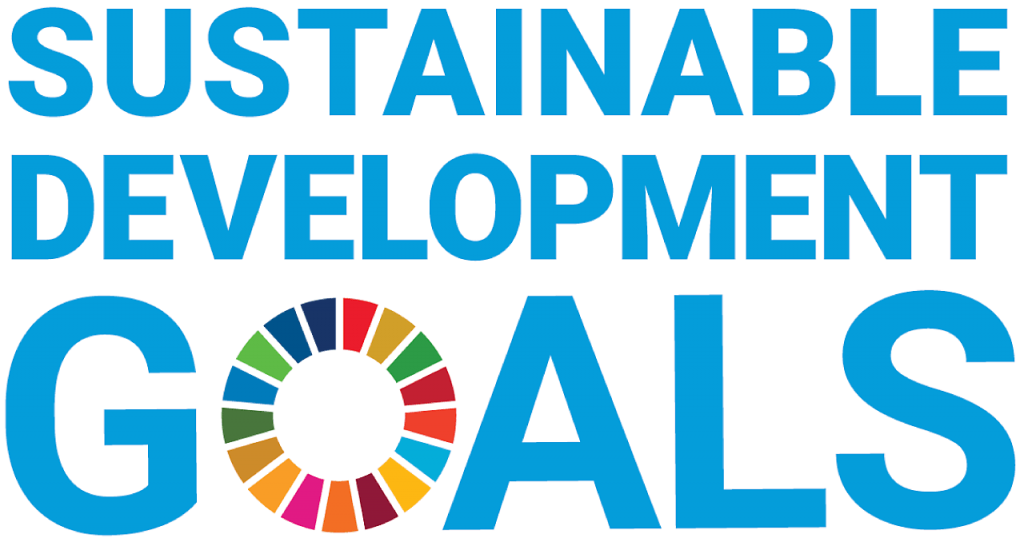Cost-effectiveness of improvements to the built environment intended to increase physical activity
By: Knell G., Brown H.S., Gabriel K.P., Durand C.P., Shuval K., Salvo D., Kohl H.W., III
Published in: Journal of Physical Activity and Health
SDGs : SDG 03 | Units: | Time: 2019 | Link
Description: Background: Improving sidewalks may encourage physical activity by providing safe, defined, and connected walking spaces . However, it is unknown if reduced health care expenditures assumed by increased physical activity offset the investment for sidewalk improvements. Methods: This cost-effectiveness analysis of sidewalk improvements in Houston, TX, was among adults enrolled in the Houston Travel-Related Activity in Neighborhoods Study, 2013–2017 . The 1-year change in physical activity was measured using self-report (n = 430) and accelerometry (n = 228) and expressed in metabolic equivalent (MET) hours per year (MET·h·y−1). Cost-effectiveness ratios were calculated by comparing annualized sidewalk improvement costs (per person) with 1-year changes in physical activity. Results: The estimated cost-effectiveness ratio were $0.01 and −$0.46 per MET·h·y−1 for self-reported and accelerometer-derived physical activity, respectively. The cost-effectiveness benchmark was $0.18 (95% confidence interval, $0.06–$0.43) per MET·h·y−1 gained based on the volume of physical activity necessary to avoid health care costs. Conclusions: Improving sidewalks was cost-effective based on self-reported physical activity, but not cost-effective based on accelerometry. Study findings suggest that improving sidewalks may not be a sufficient catalyst for changing total physical activity; however, other benefits of making sidewalks more walkable should be considered when deciding to invest in sidewalk improvements. © 2019 Human Kinetics, Inc.

